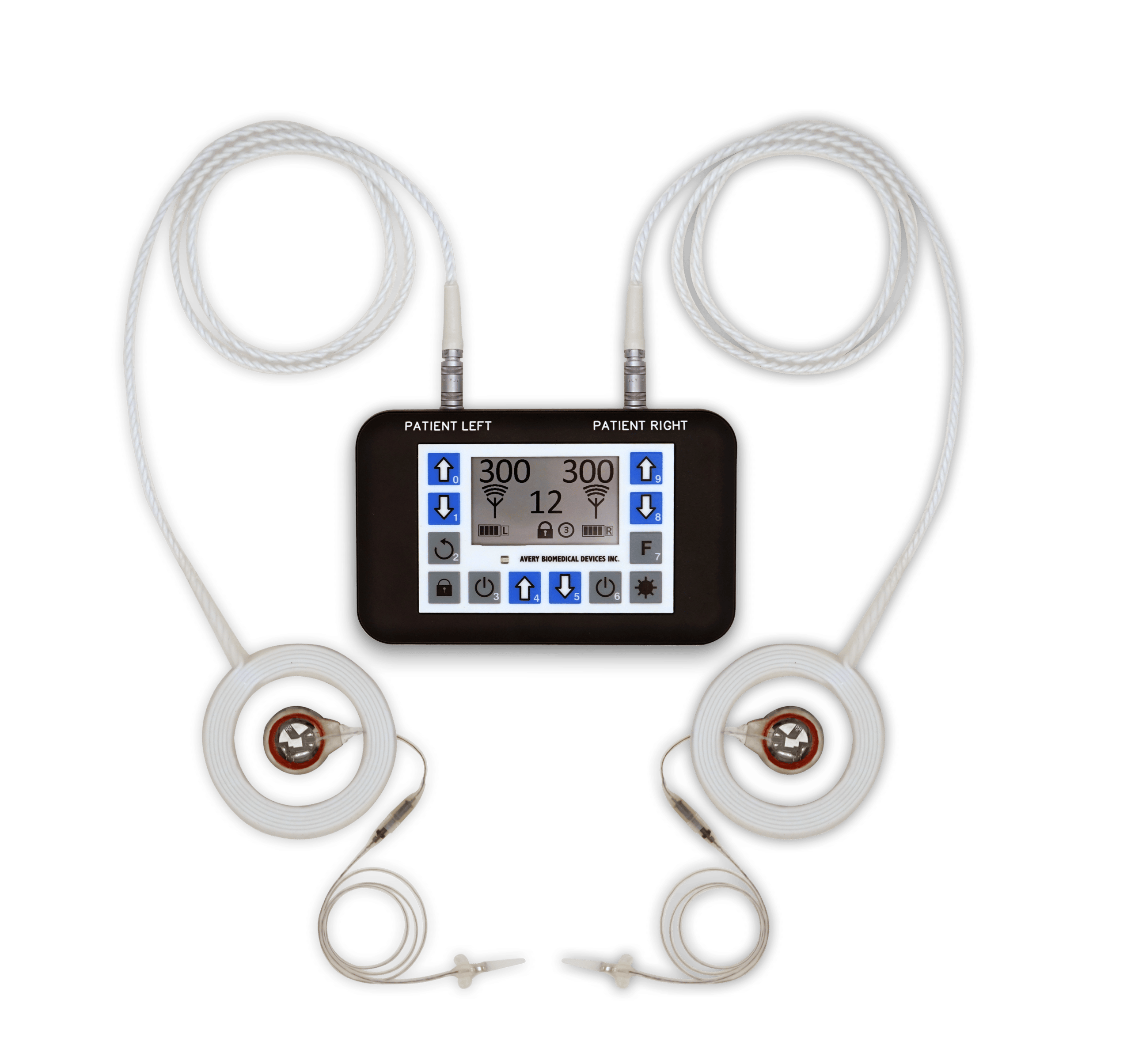CCHS is a life-long disorder that is typically diagnosed at birth or during the newborn period when difficulty with breathing, Hypoxemia, and Hypercarbia is quickly identified. However, patients with a milder form of CCHS may go undiagnosed up into adolescence and adulthood, which is then referred to as late-onset CCHS (LO-CCHS). LO-CCHS is usually only discovered in a patient during situations such as:


